
Walking Home From The ICU Episode 105: The ABCDEF Bundle in the CVICU
How does the ABCDEF bundle apply to the CVICU with a variety of diagnoses, acuities, and devices? Anna Dalton, DNP, ACANP, in an “Awake and Walking CVICU” shares with us the evolution their team has experienced in improving their mastery of the ABCDEF bundle. Episode Transcription Kali Dayton 0:38 Okay, the next three episodes are
Learn More > from Walking Home From The ICU Episode 105: The ABCDEF Bundle in the CVICU
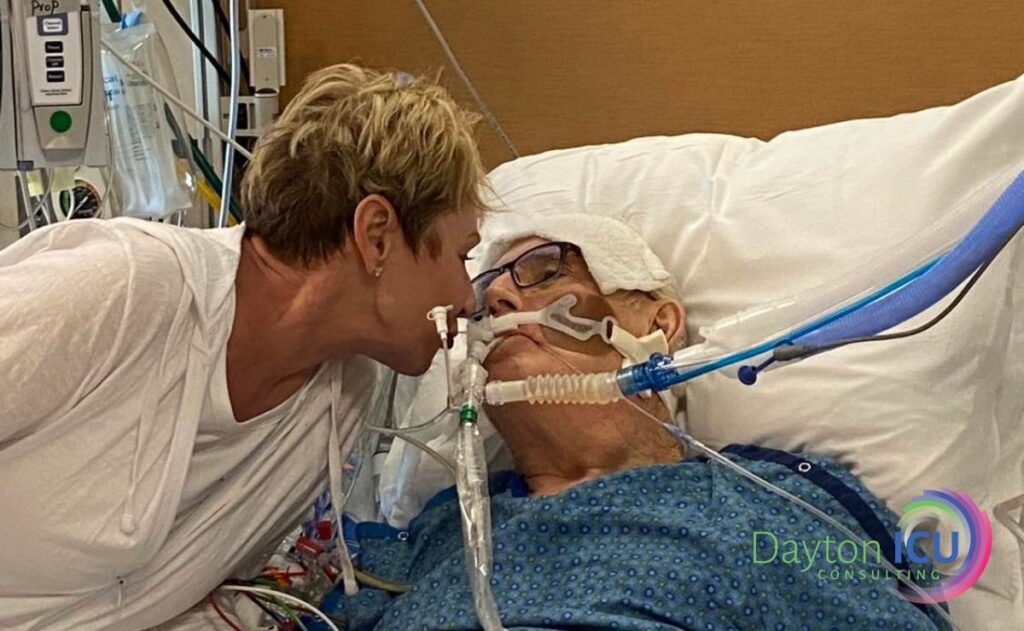
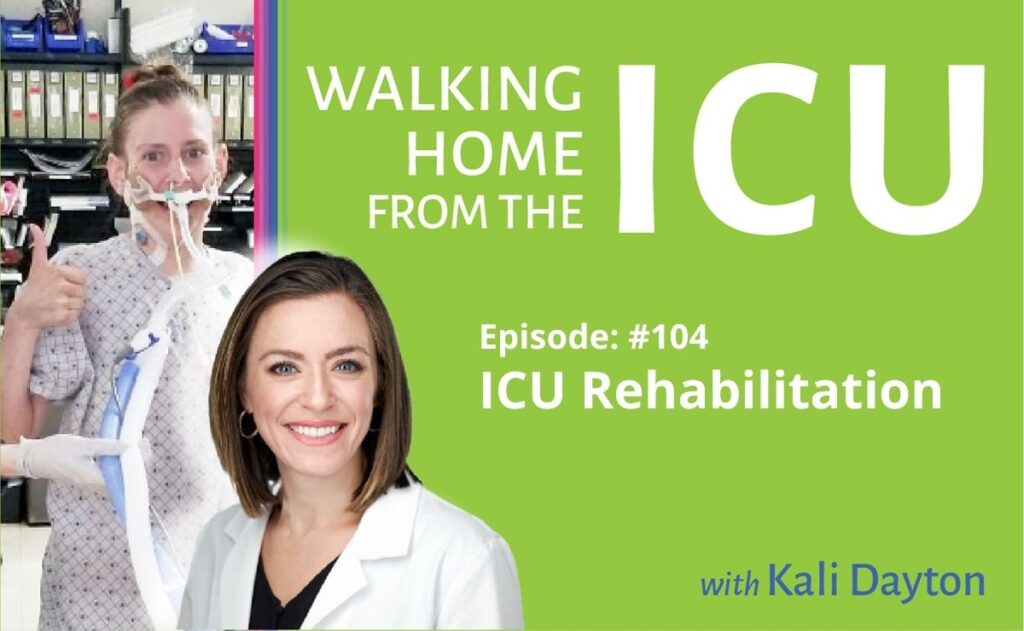
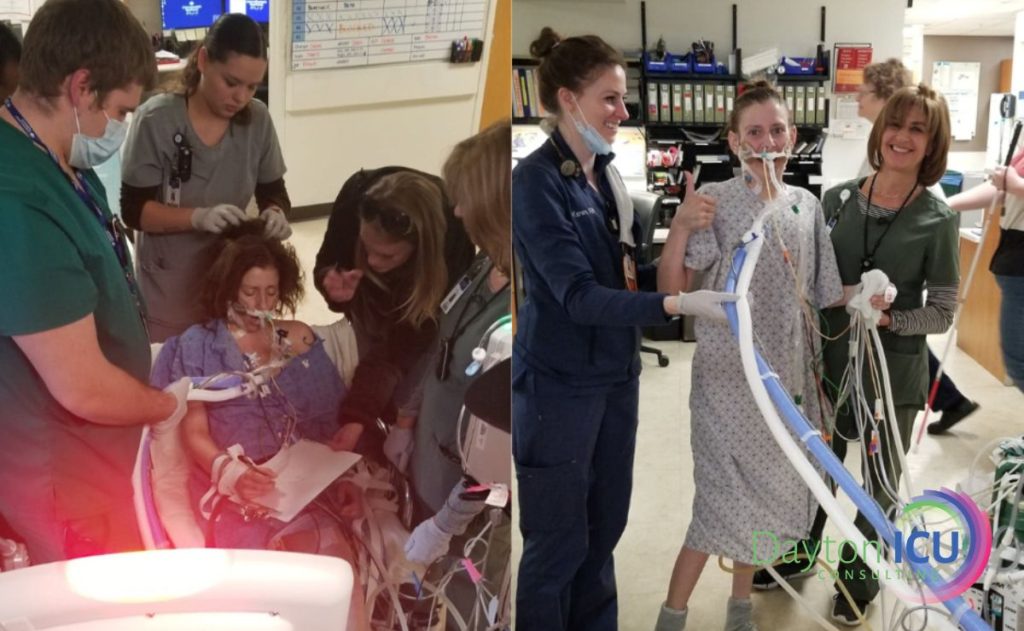
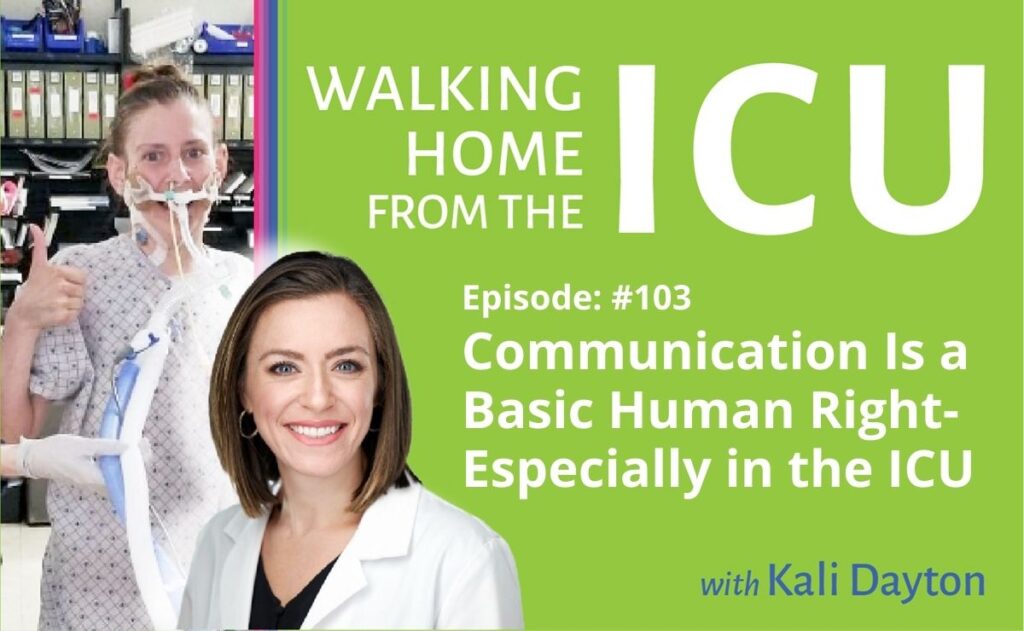


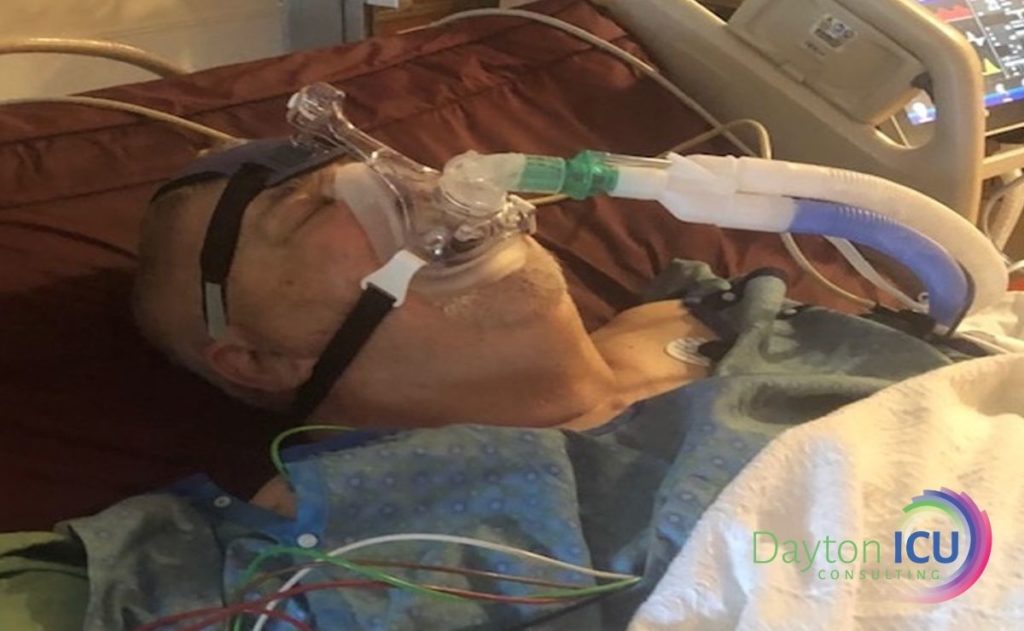



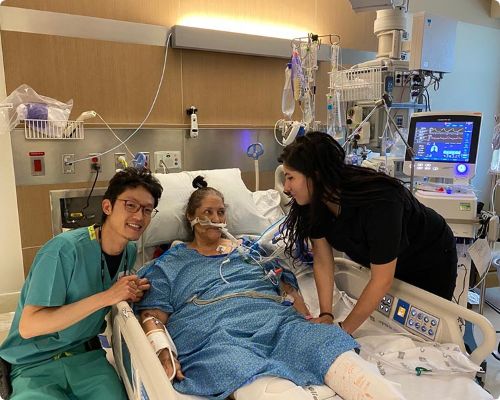 I stumbled upon Kali’s podcast midway through my anesthesia critical care fellowship in February 2021. At our institution, I got the impression that patients in the ICU either got better on their own or had a prolonged and complicated course to LTAC or death. In her podcast, Kali explained that LTAC was rarely the outcome for patients in the Awake and Walking ICU in Salt Lake City.
I stumbled upon Kali’s podcast midway through my anesthesia critical care fellowship in February 2021. At our institution, I got the impression that patients in the ICU either got better on their own or had a prolonged and complicated course to LTAC or death. In her podcast, Kali explained that LTAC was rarely the outcome for patients in the Awake and Walking ICU in Salt Lake City.
